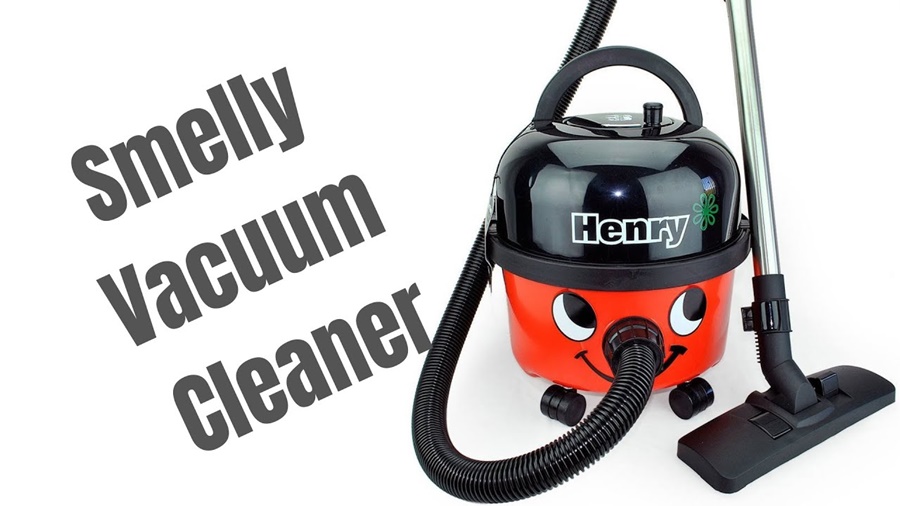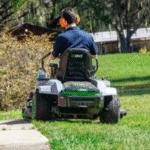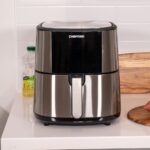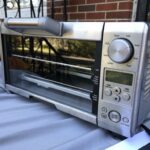A vacuum cleaner is a key tool in keeping your home clean, but what happens when it starts to emit unpleasant odors? A smelly vacuum can spread bad smells around your home instead of cleaning it. The good news is that eliminating vacuum cleaner odors is not difficult if you follow the right steps.
In this article, we’ll cover the common causes of vacuum cleaner smells and provide practical, step-by-step solutions to freshen it up.
Why Does Your Vacuum Cleaner Smell?
Before jumping into solutions, it’s helpful to understand what’s causing the odor in the first place. Common reasons include:
1. Pet Hair and Dander
Vacuuming pet hair and dander can trap oils and fur in the filter or bag, which may start to smell over time.
2. Moisture or Mold
If you accidentally vacuum something wet, it can lead to mold or mildew inside the vacuum.
3. Dust and Debris Buildup
Dust, food crumbs, and other organic debris can decompose and emit a foul odor.
4. Dirty or Clogged Filters
Filters that haven’t been cleaned or replaced regularly are major sources of bad smells.
Step-by-Step Guide to Remove Vacuum Cleaner Smells
Here’s how to clean your vacuum and get rid of the odor effectively.
Step 1: Empty the Dust Bag or Canister
For bagless vacuums:
- Empty the canister outside to avoid spreading dust indoors.
- Wash the canister with warm, soapy water and let it dry completely before reattaching.
For bagged vacuums:
- Replace the bag, especially if it’s more than half full or smells bad.
Step 2: Clean or Replace the Filter
- Check the manufacturer’s instructions to locate and remove the filter.
- If it’s washable, rinse it under warm water and let it air dry completely (this could take 24 hours).
- If it’s not washable or still smells after cleaning, replace it with a new one.
Step 3: Clean the Vacuum Hose
- Detach the hose and inspect it for clogs or debris.
- Fill your sink or bathtub with warm water, a few drops of dish soap, and a splash of white vinegar.
- Submerge the hose and use a bottle brush or long cleaning brush to scrub the inside.
- Rinse thoroughly and hang it up to dry completely before reattaching.
Step 4: Wipe Down the Vacuum Body and Attachments
- Use a damp cloth with mild soap to wipe the outside of the vacuum and all attachments.
- Pay attention to the brush head, which often traps hair and debris.
Step 5: Deodorize the Vacuum Naturally
Try one of these methods to keep your vacuum smelling fresh:
a. Baking Soda
- Sprinkle a small amount of baking soda into the dust bag or canister to neutralize odors.
b. Essential Oils
- Add a few drops of essential oil (like lavender, lemon, or eucalyptus) to a cotton ball and place it inside the canister or near the filter (but not directly on it).
c. Vacuum Deodorizer Beads or Tablets
- Commercial deodorizing products are available that can be vacuumed up to leave a pleasant scent behind.
Bonus Tips to Prevent Vacuum Odors
- Avoid vacuuming wet or damp materials.
- Empty the canister or replace the bag regularly.
- Clean or replace filters every 1–3 months, depending on usage.
- Remove pet hair from the brush roll regularly.
- Store your vacuum in a dry, well-ventilated area.
When to Consider Replacing Your Vacuum
If you’ve thoroughly cleaned your vacuum and it still smells terrible, it might be time for a replacement—especially if:
- The motor emits a burning or chemical odor.
- The vacuum is more than 8–10 years old and underperforms.
- Multiple internal parts are clogged, broken, or difficult to clean.
Conclusion
A smelly vacuum cleaner doesn’t mean you need a new one—it often just needs a deep clean. With a bit of effort, you can remove lingering odors and keep your vacuum running fresh and efficiently. Regular maintenance, smart usage, and the occasional deodorizer can go a long way in keeping your home truly clean.








Leave a Reply